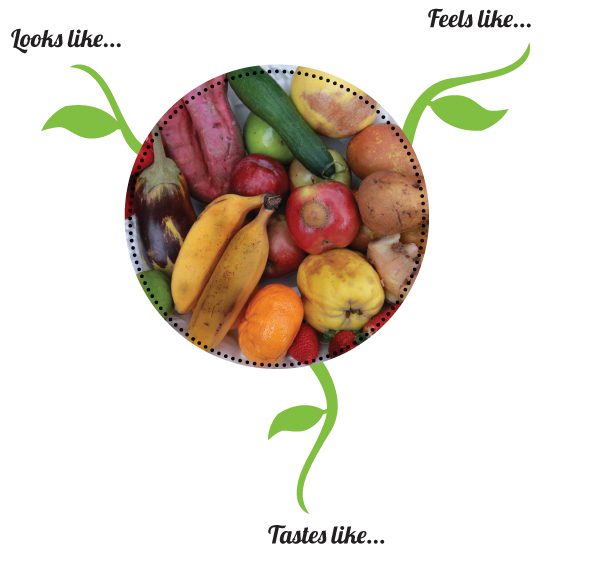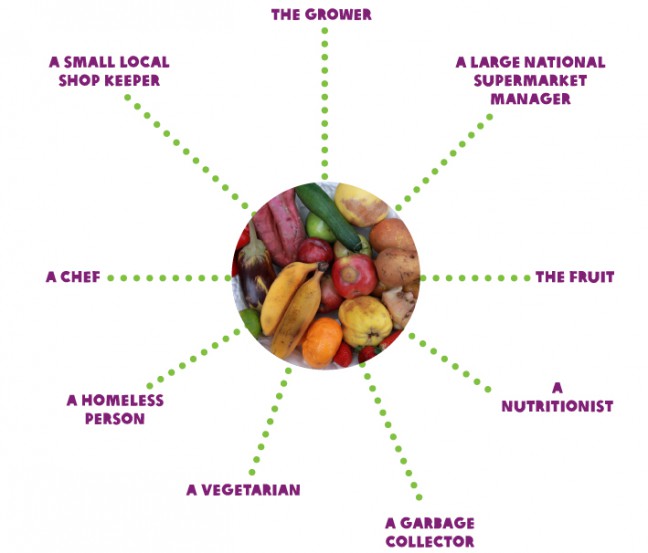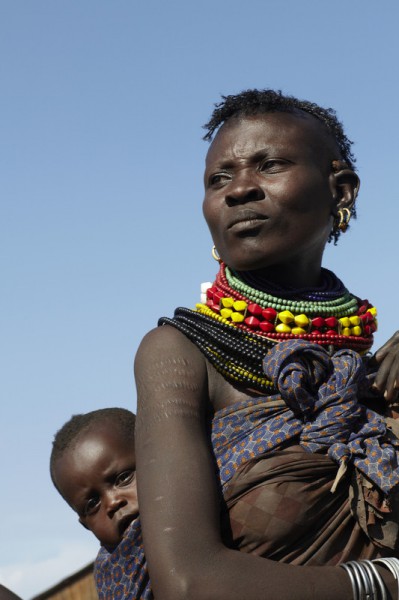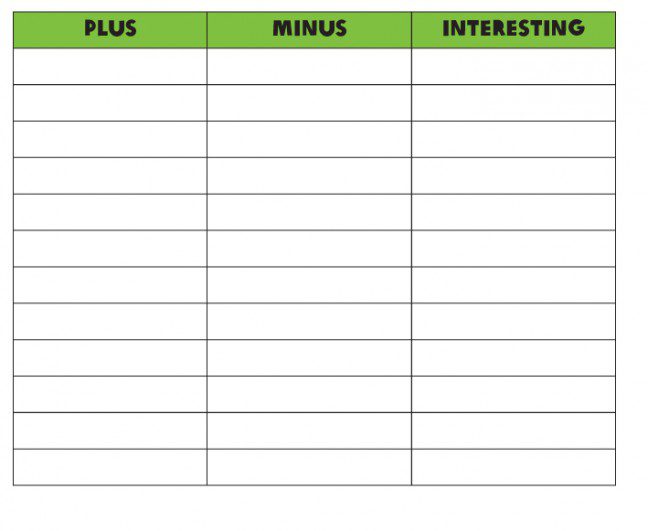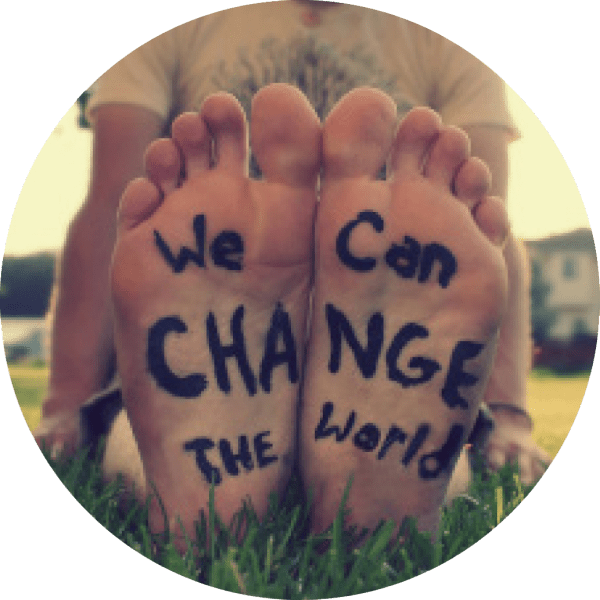Year 7 and 8 Learning Sequence
Seeker, Lover, Keeper: How food shapes who you are
1. A bruise too far?
2. When the camels die
3. Hunger in the Horn
4. Let them know
5. To blog or not to blog
6. Making a difference
1. A bruise too far?
Food is important to all of us. Food is often the focus for getting together with friends. Who are you eating lunch with at school? Would you like some chocolate? Where are we going after school – does anyone have any food at their house? Can we go out to eat for my birthday?
But there are many people who are hungry. For them, gaining access to good food dominates what happens each day. What do they eat when their animals and crops have died? Where will they get enough money to buy food when food prices go up? Where can they grow food if their land is taken away by big companies? How can they earn a living from the food they grow when the roads are so bad they can’t get to the markets?
We all need food in order to survive. Yet our attitude to good food is largely determined by the ease with which we can access it.
The way we think about food helps to define who we are.
Let’s start by looking at the image below
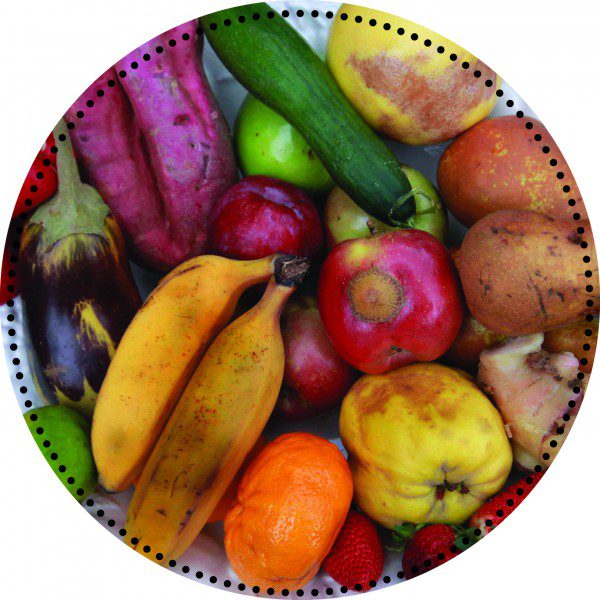
On a chart like the one below, record the words you think of when you look at this bowl of fruit:
Now think about the way others may respond to this fruit. Use a chart like the one below and write words and phrases that describe how a range of people may feel about the fruit in the bowl:
As a class, discuss the following:
-
- In the chart above, did you write the same responses for each person? If not, why do you think that different people may feel differently about the fruit? Would the responses be different if the image was a basket of stale bread rolls? Or damaged meat pies?
-
- Do you think that ‘waste’ has the same meaning for all members of your community? Explain your answer.
Identify people in your community who have different roles in relation to food.
- Do you think that ‘waste’ has the same meaning for all members of your community? Explain your answer.
-
- Create a list of people who grow, cook, transport, recycle, advertise, consume, sell or serve food.
-
- How do you think that each of these groups of people would describe their relationship to food and the importance of food in their lives?
Write responses to the following questions:
-
- Do you think that ‘hunger’ means the same thing to everyone in your community?
-
- There are many people in Australia, and millions of people in other countries, who go to bed hungry every day. Describe the role that food may play in defining their identity.
-
- In what ways do you believe that food shapes who you are?
2. When the camels die
Click on the images below. The first image will take you to Oxfam’s Land is Life photo-story on Flickr. Documentary photographer, Matthew Willman, captured images from the Western Cape in South Africa on assignment with Oxfam staff during a trip to record the work being done by Oxfam partner organisation, Women on Farms (WOF).
The second image will take you to the photo story on the Oxfam website about the crippling drought affecting the people of the Turkana region in Kenya in 2011
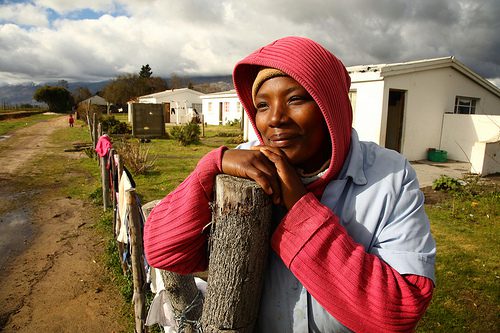
When you have read the story, answer the following questions:
-
- What do you think is the main message of this story?
-
- What do you think that the purpose of this picture story is? For example, is it intended to inform, entertain, persuade or something else? Support your response by referring to words and images from the story.
-
- In what ways do the images link to and support the words in telling this story?
-
- What are the facts that you can ‘read’ from these images? What else do these images convey? For example, concepts such as devastation or hardship, hope or change.
-
- The captions to the photos are largely factual or descriptive. Create a new set of captions that convey the ‘bigger message’ that each image represents by using more emotional language.
-
- In what ways would the meaning of the story be different if your captions were used instead of the original ones? Would your captions affect the tone of the story?
-
- What is your response to the story? For example, how do the lives of the people from the Western Cape (For the first photo story) or the Turkana region (for the second photo story) compare with your life? How did you feel when you read this story?
3. Hunger in the Horn
Watch the first of the Channel 10 reports from the Horn of Africa, recorded for the ‘6.30’ current affairs program. Although this video is from 2011, the effects of the drought are still widely felt and there are still hundreds of thousands of people living in refugee camps.
As a class, discuss the following questions:
-
- What does the reporter see as the underlying causes of the crisis?
- What is your reaction to this report?
- How do the words and images work together in this report to convey the situation in Africa?
- Which images do you think work best in the context of the report: images of the desert? or the images of faces? Why?
- If you were watching the ‘6.30’ program to learn about current affairs, would you think that this report is an effective in helping you to learn about the crisis in Africa? Explain your response.
- If you were the journalist and planning to do a second report on this crisis, what would you include in the follow- up to increase the impact of your coverage?
Watch the second Channel 10 report from the Horn of Africa, recorded for ‘6.30’
In small groups, discuss the following questions:
-
- In what way/s is this report the same as, and different from, the first report?
- Did you feel that the close-up images of people were an invasion of privacy or were they an important feature of the report? What was your reaction to these images?
- Which images were most powerful for you? Why?
- Why do you think that the report included translations of the local people speaking? Do you think that allowing the local people to have a ‘voice’ changed the power dynamic between the reporter and the subjects of the report? Explain your response.
- To what extent do you think that food would define the identity of the people living in these temporary camps? Does this affect your understanding of how food shapes who you are
- What impact did this second report have on you as a viewer? Did it add to your knowledge, understanding, engagement and /or your compassion?
Watch the story about the drought in Africa recorded for the Channel Morning News.
Discuss the following questions with a partner:
-
- What time of day did each of these programs is air on Channel 10? Compare the way that the presenter introduces the report from Africa on each of the programs. Do they use the same type of language? Why do you think that the programs have different styles?
-
- Who do you think is the target audience for each of the Channel 10 programs? Explain your response by referring to the language used in the reports.
-
- How is the way the information is presented in this story similar to the ‘6.30’ report? How is it different? Why do you think that it is different?
-
- Which of the programs did you think presented the information most effectively? Why?
As a class, discuss the following statements:
-
- Do you think that Australian television audiences see reports of so many disasters that they are saturated by the information? Or do you think that reports like these challenge our complacency?
-
- When reporters fly in and out of an area affected by crisis for a television report they treat the people affected as objects, removing their humanity and dignity.
Then, using a table like the one below ( you can download one here), complete a PMI activity in response to this statement:
- The way that people affected by crises are portrayed in television reports removes their dignity.
List all of the things you agree with in the statement in the first column; the things you disagree with about the statement in the middle column; and other interesting things about the statement in the last column.
4. Let them know
Organisations such as Oxfam want to raise awareness in the Australian community about crises such as the food crisis in the Horn of Africa or other long-term development issues like global food waste. Oxfam believes that, as members of the global community, we need to be aware of how, and why, millions of people around the world are unable to grow and/or access enough food to survive or live healthy lives and what role Australians play in this narrative.
One of the ways Oxfam Australia raises awareness is to get stories reported in the mainstream media. An important part of this process is to issue a media release that will inform and encourage journalists to select their story and report it.
Click below to access the media releases.
Cadbury’s parent company agrees to tackle hunger and inequality in chocolate production
Wanted: Young designers to tackle food waste
Somalia’s food crisis to worsen in coming months: Oxfam
Oxfam: first famine of 21st century an urgent wake-up call
Oxfam warns of looming food crisis in Afghanistan
Kenya to be first to endorse new charter to end extreme hunger launched by major aid agencies
Working in pairs, provide written answers to the following questions:
-
- What are some of the key features that each of these media releases use?
-
- What type of language does Oxfam use in these media releases?
-
- Why do you think that direct quotations are used in the media releases?
-
- Do you think that Oxfam uses enough facts and figures in the media releases to convey the scale of the broken food system? Are these facts and figures presented in a way that would encourage a journalist to choose to report the story?
-
- Select one of the media releases. What do you think is the Oxfam perspective about the situation being described?
-
- Can you think of anything that you would change about the media releases to make them more likely to be reported in the mainstream media?
-
- Do you think that the content of these media releases will engage the Australian public with the story of the people whose lives are threatened by lack of access to food? Explain your response.
-
- Which media release did you find most powerful? What was it about this release that you responded to? What was your response?
Complete this activity individually: Draw two figures; label one of them as a person affected by the food crisis in Afghanistan and one of them as you. Around each figure, write words to represent the things that you believe contribute most significantly to that person’s understanding of who they are (this can be about any part of life, not just food related).
5. To blog or not to blog
While issuing media releases is an attempt to get stories reported in the mainstream media, Oxfam is aware that many Australians are more likely to use social networking tools as a source of information.
Oxfam Australia believes Australia’s youth are the first generation that’s connected enough to bring about a more equitable and sustainable world.
Explore Oxfam’s blog pages. Oxfam’s Climate of Change blogs in particular focuses on the global food system, and why one in nine people in the world go hungry everyday.
Read some of the blogs that people have shared about global hunger and how climate change is impacting on people’s ability to have enough food, through th Climate of Change blogs and other blogs about food security.
Then write answers to the following questions:
-
- What is a blog?
-
- Why do you think that people would choose to share their ideas on a blog?
-
- Would you be interested in writing a blog or responding to someone else’s blog? What are some of the things you considered in making your decision?
-
- What influenced your decisions about what blogs you selected to read? E.g. was it the visual elements, the heading?
-
- Choose one blog entry on Oxfam Australia’s site that is related to food. Do you think that the writer expressed their ideas clearly? What is the tone of your selected blog? Provide examples of language they have used to create this tone. Do you agree with the ideas discussed in this blog? Why or why not?
-
- How effective do you think that contributing to a blog is as a way of seeking to create change? Explain the reasons for your response. What are some other options that you could choose if you want to influence people’s ideas or actions?
-
- Create a blog that would be included in the category “Food”. Where would you publish your blog? Does your class have a blog site like Edmodo or other online collaborative spaces? Would you post your blog on the Oxfam website as a guest blogger? On a wiki? On your own website? State the reasons for your answer.
6. Making a difference
The texts in this resource have presented a range of information about some devastating circumstances affecting people’s access to good food. They have also challenged you to reflect on how food shapes your own identity.
-
- Think about which of the texts was most effective in raising your awareness of these issues. What was it about the text/s you have identified that made them work for you?
-
- Your task is to create a text, presentation or interactive experience to help others to develop an understanding of food related issues.
-
- First you need to decide who the audience for your message will be. For example, they may be people at your school, your family, your friends, neighbours, an online community or people in the community that you have not met. As you make this decision, reflect on why you have chosen this audience.
-
- What is the main message you want to convey? And what is the purpose of this message? (Do you want to raise awareness? To promote ongoing conversations? To encourage people to come up with solutions and take action?)
-
- Think about the ways that you can communicate a message or an idea to this audience. What format would you choose? A poster? A Facebook page? A short film? A school (or year level) assembly? A web page? A newsletter? A blog? A class wiki? A Glogster? A Scoop It page?
-
- What questions do you think that your target audience may have about this issue? How would you answer their questions? Are there resources that you could share with them?
-
- Work on your own, in a group or as a class to create the text, presentation or interactive experience that you have chosen.
